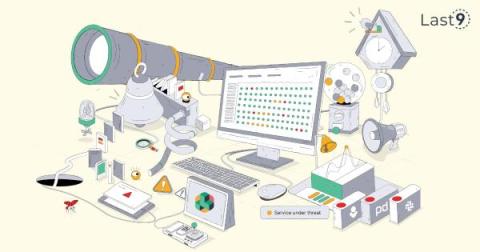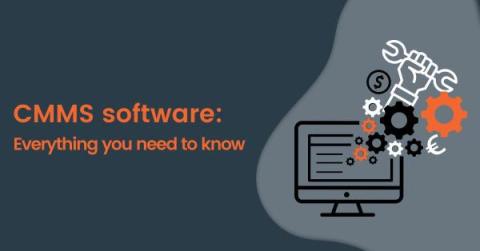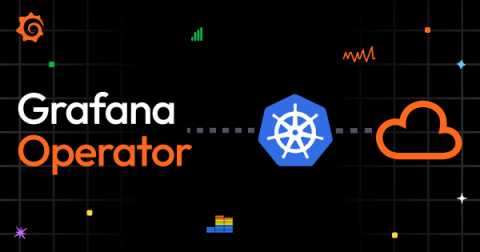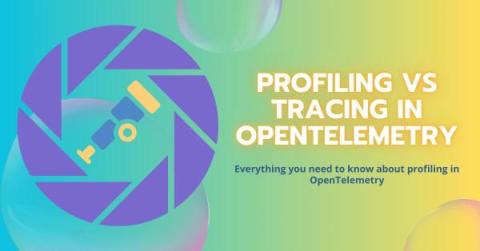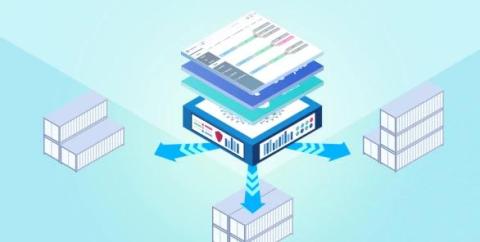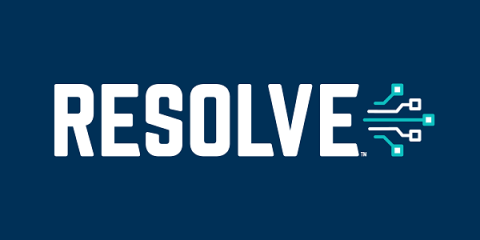Top 10 Docker Container Monitoring Tools
Monitoring tools are critical for DevOps, enabling them to quickly find and rectify performance issues. With the increasing popularity of Docker, it has become crucial that organizations can effectively monitor these containers. But, as monitoring Docker containers is particularly complex, developing a strategy and an appropriate monitoring system is not simple. However, this process can be streamlined by utilizing a Docker monitoring tool.




